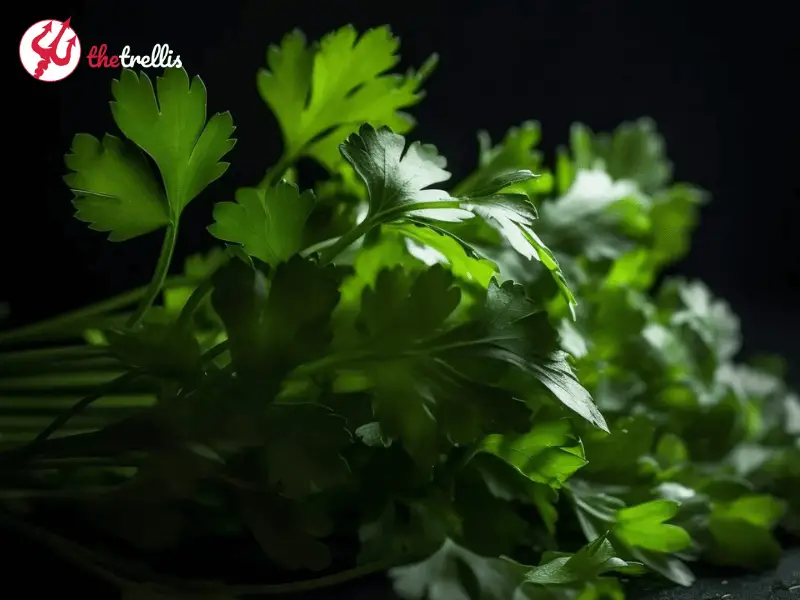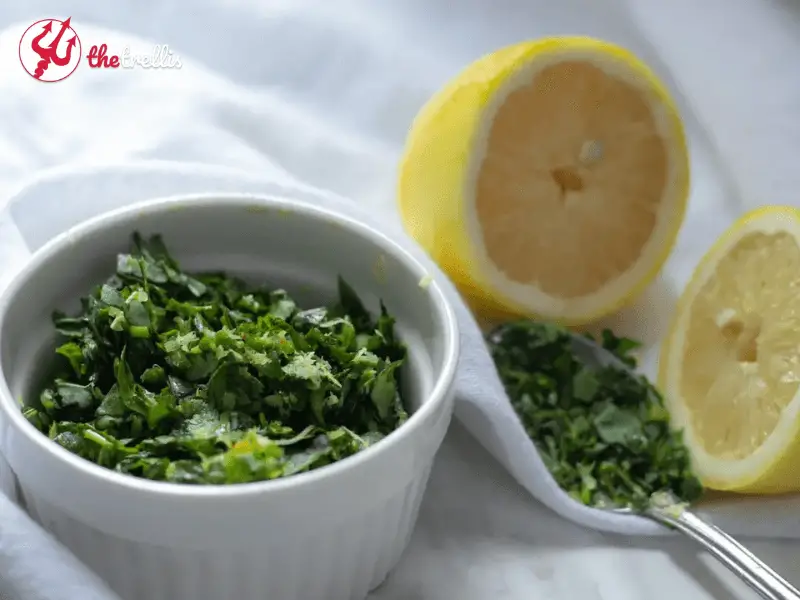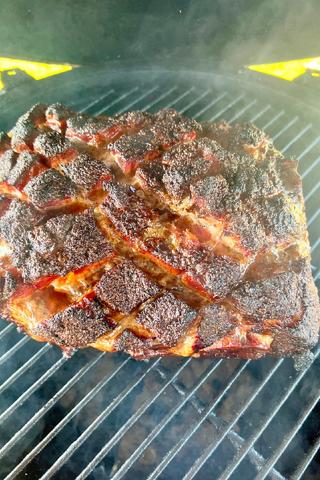
If you’ve ever taken a bite of Cilantro and thought it tasted like someone mixed dish soap into it, you’re not alone. But why does Cilantro taste like soap to some people while others can’t get enough of its fresh, citrusy flavor? Let’s dive into the scientific truth behind the strange phenomenon.
1. Why does Cilantro taste like soap?
The mystery behind the question “Why does Cilantro taste like soap?” has puzzled both food lovers and scientists for years. Thanks to modern genetic research, we now have a clear answer.
Scientists have discovered that people who experience Cilantro as soapy share a common genetic trait – a specific smell-receptor gene cluster called OR6A2. This gene cluster plays a crucial role in how our brains interpret certain chemical compounds. It makes people extra sensitive to aldehyde chemicals found naturally in Cilantro leaves. These same aldehydes are common ingredients in soap manufacturing. That’s why some people taste soap when they eat this herb.
But it’s not just one gene doing all the work. Scientists have identified at least three additional genes that influence how we experience Cilantro. Some of these genes affect our ability to detect bitter flavors. Others influence smell. Together, they create your unique Cilantro experience. Your reaction to Cilantro depends on which combination of these genes you have.

Why does Cilantro taste like soap to some people? It’s all about the gene, particularly the OR6A2, which influences our perception of aldehydes present in Cilantro.
2. How common is the “Soap gene”?
People around the world react to Cilantro differently. Regions such as Central America and India have fewer people with these soap-detecting genes. This might explain why Cilantro became such an important part of their traditional cuisines.
If you have a Cilantro-soap taste, you’re part of a significant minority. Research also indicates that approximately 4-14% of the population experiences Cilantro as tasting like soap. A survey of 1,639 people between the ages of 20 and 29 suggested that the percentage varies significantly across different ethnic groups:
- East Asians: 21%
- Caucasians: 17%
- Africans: 14%
- South Asians: 7%
- Hispanics: 4%
- Middle Eastern populations: 3%
So why does Cilantro taste like soap to some people in regions like East Asia, and Africa but not others? Scientists are still studying why these geographic patterns exist and what other factors might play a role.
3. Famous Cilantro haters
Do you hate Cilantro because of its strange flavor? You’re in good company. Several celebrated chefs and cooking personalities have openly expressed their aversion to Cilantro and almost skipped it in cooking, including:
- Julia Child, the legendary chef who brought French cuisine to American households
- Ina Garten, the beloved Food Network star known as the “Barefoot Contessa”
4. Can you change how you taste Cilantro?
There’s hope for those who wish to enjoy Cilantro-heavy cuisines without the soapy experience. Research suggests that some people can overcome their Cilantro aversion through repeated exposure to the herb.
By gradually introducing Cilantro into their diet, you can train your brain to focus on the herb’s other flavor compounds beyond the soapy aldehydes. Here are some methods that might help:
Gradual exposure:
- Begin with tiny amounts
- Slowly increase the quantity over time
- Pay attention to how your perception changes
Start with processed Cilantro:
- Use crushed or minced leaves instead of whole ones. The crushing process can help break down some of the aldehyde compounds, potentially making the herb more palatable.
- Mix small amounts into strongly flavored dishes (typically Guacamole)
- Add sauces to enhance the flavor of dishes (such as Cilantro Lime Sauce for Fish Tacos)
- Try Cilantro in cooked form first, as heating can modify some of the soapy-tasting compounds.

Chopping and cooking a small amount of Cilantro mellows out its soapy notes, making it more palatable.
5. Delicious alternatives for Cilantro-soap tasters
To most people, Cilantro has a fresh and citrusy flavor. But if you’re among those who experience Cilantro as soapy, you can try several delicious alternatives that provide similar flavors without the soap-like taste:
- Parsley with citrus: Combine fresh parsley with lemon juice or zest to mimic Cilantro’s bright notes
- Fresh dill: Offers an earthy and citrusy aroma (use sparingly as it’s quite potent)
- Thai basil: Provides hints of spice and licorice, perfect for Asian dishes
- Lemon or lime juice: Works well when you need that citrus kick
- Mint for certain recipes
Each option brings its fresh flavor. You won’t miss the Cilantro.

Gremolata, made with parsley, lemon zest, and garlic, offers a bright, fresh flavor that compliments many dishes without the soapy notes some experience with Cilantro.
6. Good news about coriander
Here’s a surprise. Cilantro leaves might taste like soap. But the dried seeds of the same plant, known as coriander, don’t trigger the same reaction. This means you can still enjoy their warm and nutty flavor in cooking. Your soap genes won’t mind.
7. Understanding your genetic predisposition
If you’re among the 4-14% of people who experience the soapy taste, remember that it’s not just personal preference – it’s your genes at work.
Some people might be able to train their palate to accept Cilantro through repeated exposure. Although, if you still can’t stand it, skip it or choose alternative herbs.
8. Science keeps learning
Researchers study taste genetics every day. They find new connections. New explanations. The Cilantro mystery shows how complex the taste can be. Even a simple herb connects to our DNA in amazing ways.
Conclusion
Science has answered the question “Why does Cilantro taste like soap to some people?”, it is simply due to your genetic structure – a legitimate biological response. Whether you accept Cilantro or opt for alternatives, understanding your Cilantro perception can help you make informed decisions about your food choices. Follow The Trellis to learn more about fascinating food science insights like this.
Learn More About Grilling
If you want to learn more about grilling, check out these other helpful resources!











